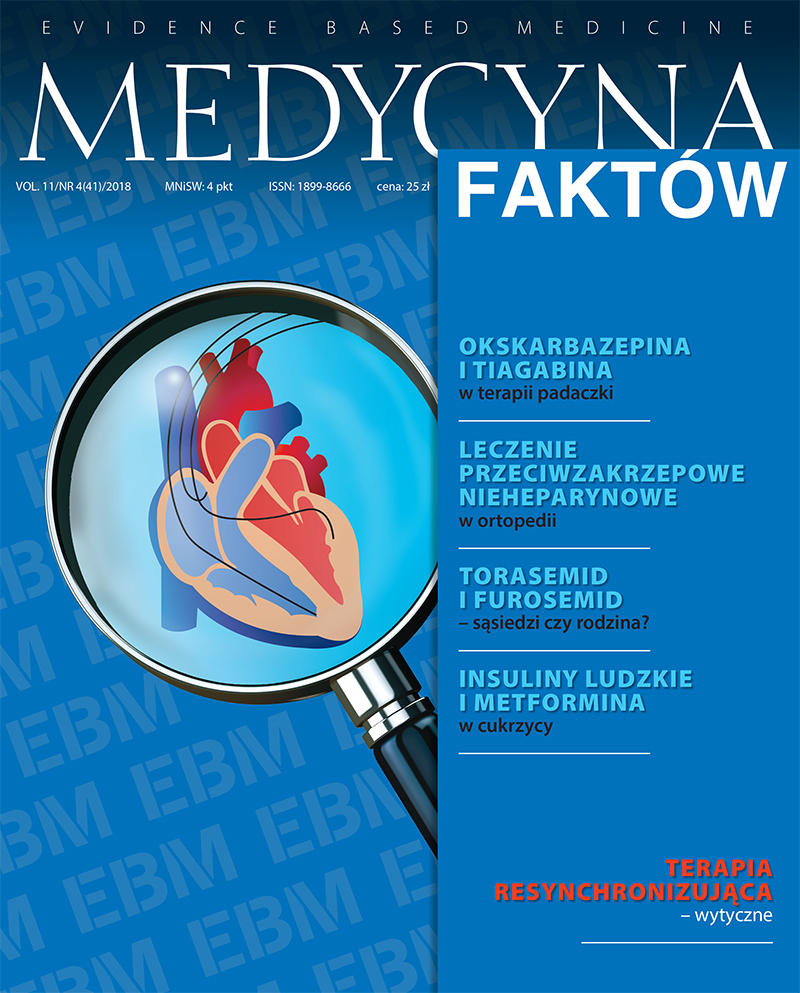Sulodexide in the opinion of practitioners – commentary to the expert opinions Review article
Main Article Content
Abstract
Orthopedic hospitalizations cause a higher risk of venous thromboembolism. Thus should receive prophylaxis based on using low-molecule heparins, and after its completion, continuing with another drug in the so-called prolonged secondary prevention of VTE. Secondary prevention of VTE reduces accompanying edema, which may cause thrombosis. For this reason, it is recommended to use sulodexide in patients who have completed standard anticoagulant therapy (from 3 to 12 months) due to deep vein thrombosis or pulmonary embolism, as well as in patients with risk factors after major orthopedic surgery. Studies have shown that sulodexide allows safe continuation of secondary prevention of VTE and significantly reduces limb edema, which allows for the safe and rapid return of patients to full health.
Article Details
Copyright © by Medical Education. All rights reserved.
References
2. Virchow R.: Thrombose und Embolie. Gefässentzündung und septische Infektion. W: Virchow R.: Gesammelte Abhandlungen zur wissenschaftlichen Medicin. Von Meidinger & Sohn, Frankfurt am Main 1856: 219-732.
3. Kesieme E., Kesieme C., Jebbin N. et al.: Deep vein thrombosis: a clinical review. J. Blood Med. 2011; 2: 59-69.
4. Chmielewski D., Górecki A., Kusz D. et al.: Zasady profilaktyki żylnej choroby zakrzepowo-zatorowej w ortopedii i traumatologii narządu ruchu (aktualizacja z dnia 18.02.2014). Ortop. Traumatol. Rehabil. 2014; 16: 227-239.
5. Rammelt A.A., Monti M.: Flebologia. Via Medica, Warszawa 2003.

